Swordtail Fish Care for Beginners
If you’re new to aquariums and want a fish that’s both colorful and forgiving, swordtails (often called “swordfish” in the hobby) are one of the best choices. I remember that even my first fish tank had a swordtail in it. These active, easygoing fish bring life and movement to a tank without demanding complicated care. For overwhelmed adults looking for a peaceful, stress-relieving hobby, swordtails tick all the right boxes. With the right setup, they’ll reward you with years of simple enjoyment.
In this guide, we’ll walk through everything you need to know about swordtail care for beginners — from choosing healthy fish at the store to setting up their tank, feeding them well, and avoiding common pitfalls.
How to Choose a Healthy Swordtail at the Store?
When shopping, don’t just go for the brightest color. A healthy swordtail shows clear signs of vitality:
- Color: Males and females should have vibrant, even coloration without faded patches. Swordtails come in orange, red, green, and even patterned varieties — dull or washed-out fish may be stressed.
- Fins: The signature “sword” on males should look straight and intact. Avoid fish with torn, clamped, or ragged fins.
- Behavior: Healthy swordtails are active, curious swimmers. They should move around the tank, interact with others, and respond quickly to food.
- Body Shape: A plump but not bloated belly is best. Sunken bellies or bent spines are red flags.
Red Flags to Watch For
- White spots. This is a sign of ich disease)
- Gasping at the surface (poor gill health or bad water quality at the store)
- Lethargy (sitting at the bottom or hiding constantly)
- Aggression beyond playful chasing
Take your time when choosing — it’s better to leave with no fish than bring home a sick one.
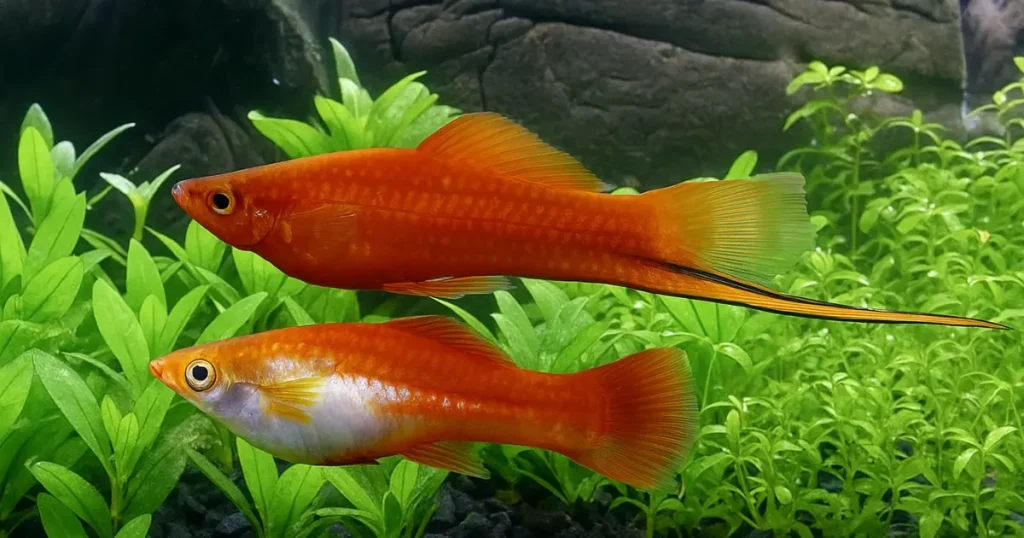
Tank Setup Requirements
Swordtails are hardy, but they thrive in stability. Setting up the right environment makes them happier, healthier, and easier for you to care for.
- Minimum Tank Size: 20 gallons for a small group. Larger is always better, especially if you want multiple males.
- Tank Shape: A long, horizontal tank is best. Swordtails are strong swimmers and appreciate the extra room to dart back and forth.
- Water Temperature: 72–82°F (22–28°C)
- pH: Slightly alkaline — 7.0 to 8.2 works well.
- Water Hardness: Moderate to hard water helps them stay vibrant and healthy.
- Flow: Moderate. Too much current stresses them, but gentle circulation is needed for oxygen and waste management.
Think of their tank as a calm but lively river environment — flowing water, room to swim, and plenty of hiding spots.
Tankmates: Who Works and Who Doesn’t?
Swordtails are peaceful community fish when kept with compatible species. They get along best with:
- Mollies, Platies, and Guppies (livebearer cousins)
- Corydoras catfish (gentle bottom dwellers)
- Rasboras, tetras, and peaceful barbs
- Snails or shrimp (as cleanup crew)
Which Tankmates to avoid with Swordtails?
- Aggressive cichlids (will nip fins or bully them)
- Fin-nippers like tiger barbs (their flowing tails make easy targets)
- Very tiny fish (newborn shrimp or fry may get eaten)
A good rule: pair them with similarly sized, gentle fish that like the same water conditions.
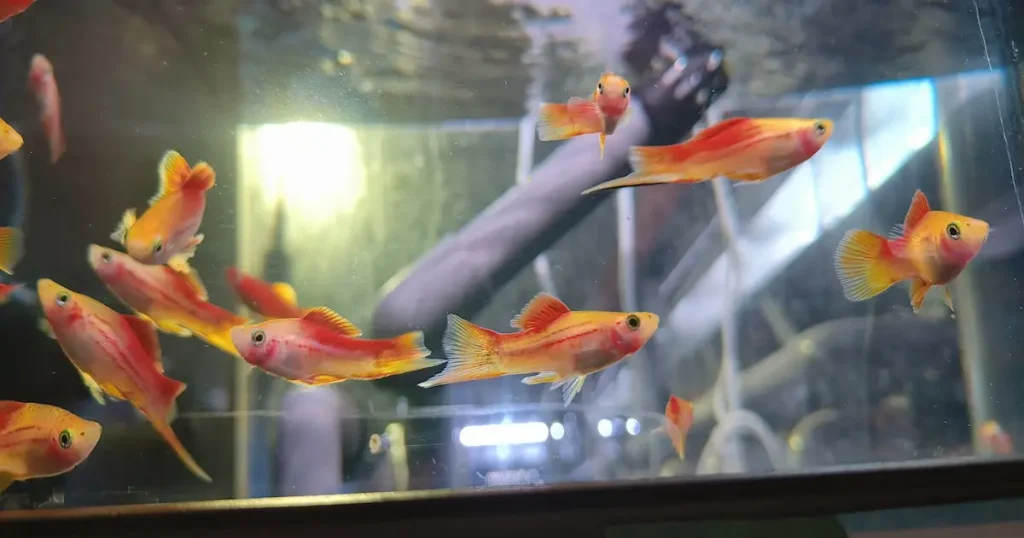
Plants, Filtration, and Lighting
Swordtails thrive in a planted tank, which not only looks beautiful but also keeps the environment stable.
- Filtration: A hang-on-back or sponge filter works well. They need clean water, but not a blasting current.
- Plants: Java fern, Anubias, hornwort, and water sprite all provide shelter and resting spots. Floating plants help diffuse light and make them feel secure.
- Lighting: Moderate lighting is enough. Too much light can stress fish and cause algae; too little and plants won’t grow.
Feeding Swordtails
Swordtails are omnivores, which means they enjoy a mixed diet. Their preferred foods are high-quality flakes or pellets, plus treats of frozen or live food (brine shrimp, bloodworms, daphnia). They’ll also nibble on algae and plant matter. Feeding Frequency for Swordtails should be 1–2 small meals per day. Only give what they can finish in about 2–3 minutes.Variety is key — alternating between dry and fresh food keeps them active, colorful, and healthier.
Behavior and Temperament
Swordtails are generally peaceful, but males can be a little feisty. They are active swimmers, social, and curious. They may chase each other, but it’s usually harmless. The male’s elongated lower tail fin — the “sword” — is what makes them unique. Swordtails are not strict schooling fish, but they do better in groups of at least 4–6. Keep a close eye on male-to-female ratios. Too many males = nonstop chasing. A good balance is 1 male to 2–3 females.
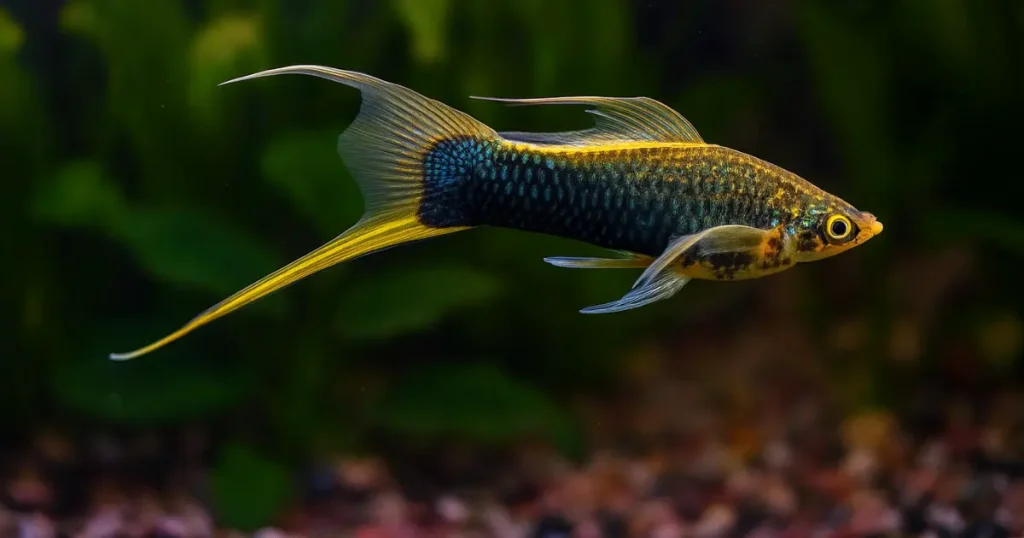
Common Mistakes Beginners Make
Even hardy fish like swordtails can suffer if you miss a few basics:
- Overcrowding: Swordtails need swimming space. Too many fish in a small tank leads to stress and illness.
- Skipping Water Changes: They produce a fair amount of waste — weekly partial water changes keep things balanced.
- Overfeeding: Their eager appetites make it tempting to overfeed, but this quickly pollutes the water.
- Uncycled Tank: Introducing them into a tank that hasn’t been cycled often results in illness or death. Always cycle first.
Common Issues and How to Avoid Them
- Ich (White Spot Disease): Prevent by quarantining new fish and maintaining stable water conditions.
- Fin Rot: Keep water clean and avoid sharp decorations.
- Livebearer Disease (Internal Parasites): Buy from trusted sources and watch for unusual weight loss.
- Overbreeding: Swordtails are prolific livebearers. If you don’t want fry, keep only males or have a plan for the babies.
Best Care Tips to Reduce Stress
Caring for swordtails shouldn’t feel like a chore. Here are some easy ways to keep both you and your fish stress-free:
- Add hiding spots with driftwood or plants so fish feel safe.
- Stick to a routine — feed, top off, and change water on consistent days.
- Use an auto-feeder or vacation block if you travel.
- Keep the tank covered — swordtails may jump when startled.
When you create a stable, calm environment, your swordtails will thrive, and you’ll enjoy the simple rhythm of caring for them.
Swordtails are one of the best aquarium fish for beginners — colorful, hardy, and adaptable. With just a bit of planning, they’ll fill your tank with graceful movement and gentle energy, turning your aquarium into a living stress-relief space.
If you’re anxious about starting your first aquarium, swordtails are proof that fishkeeping doesn’t have to be complicated. With a stable setup, mindful feeding, and simple routines, you’ll find joy in their calm beauty day after day.
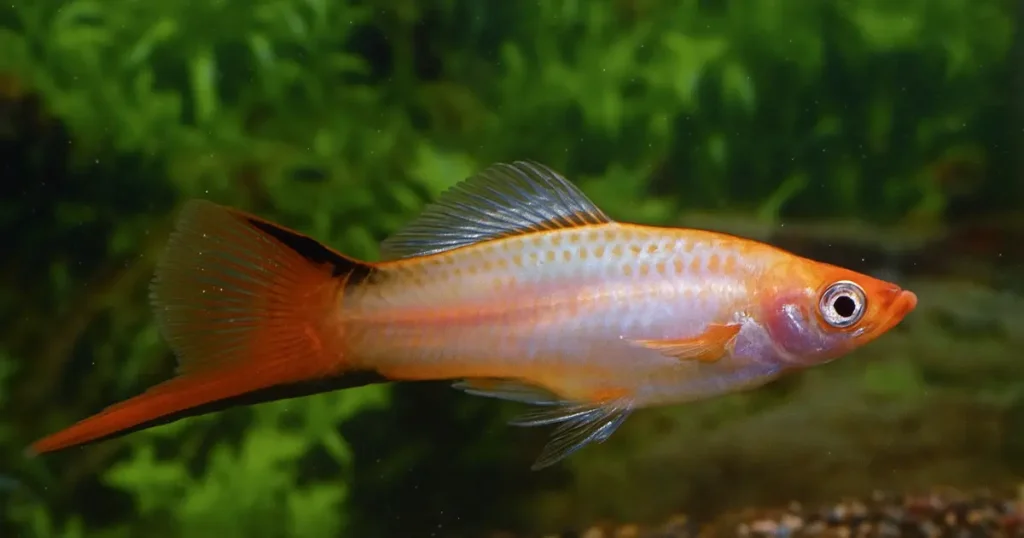


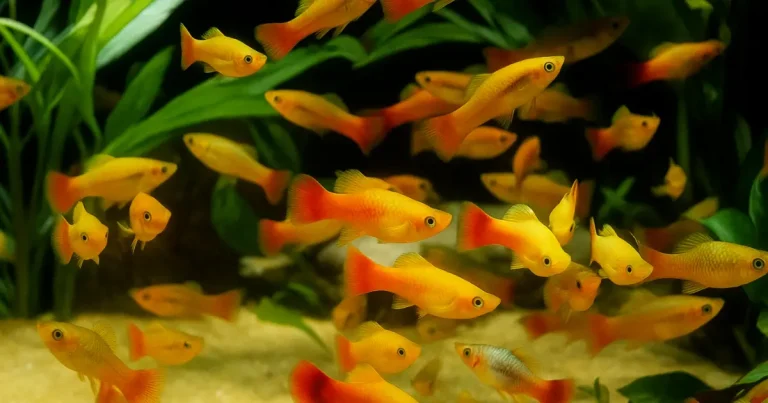
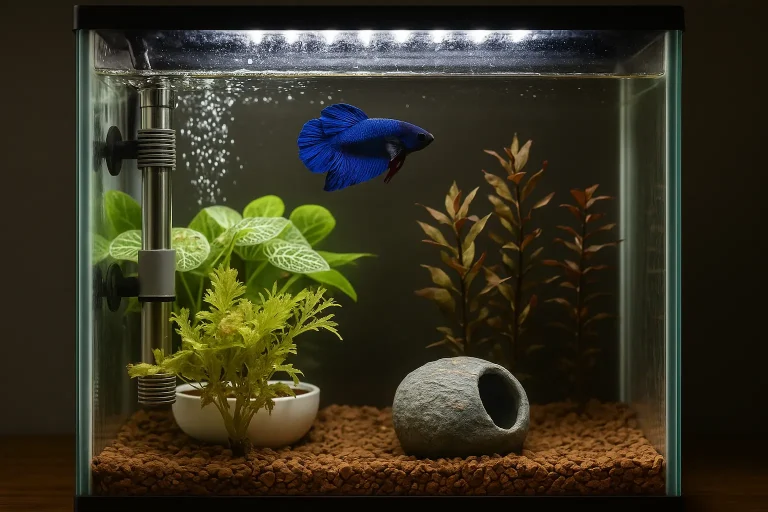
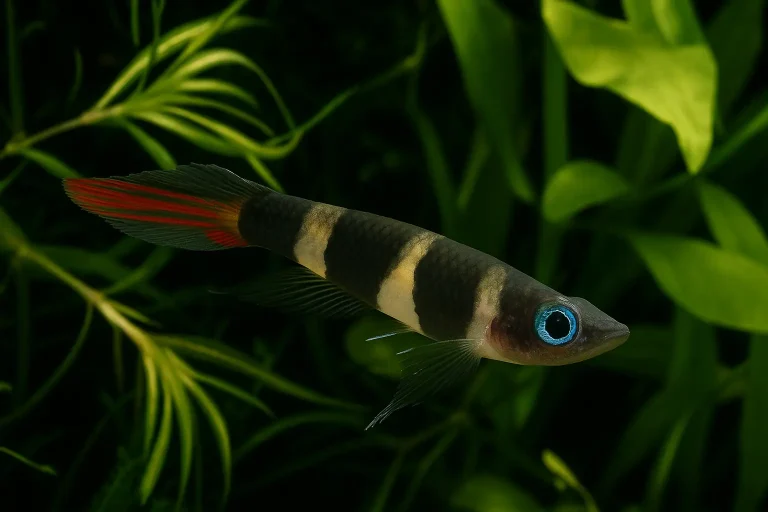
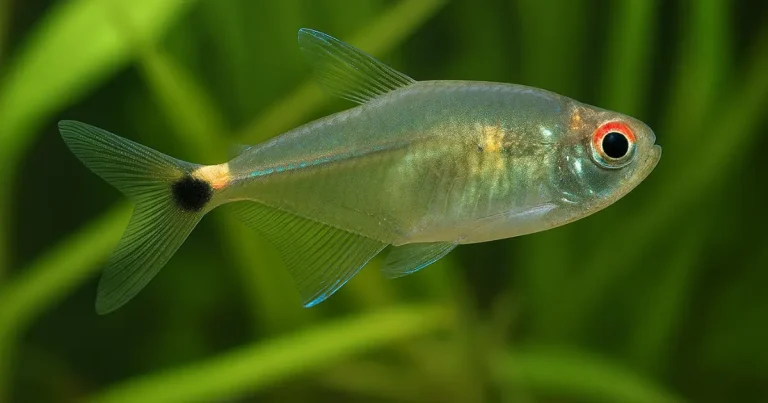
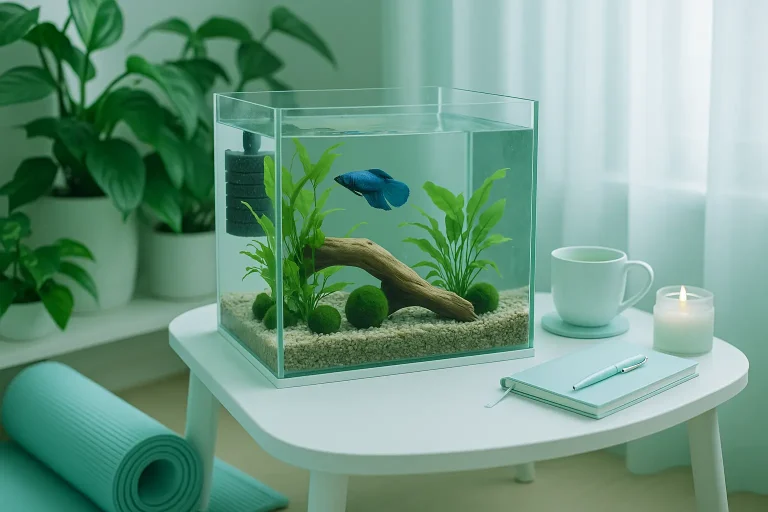
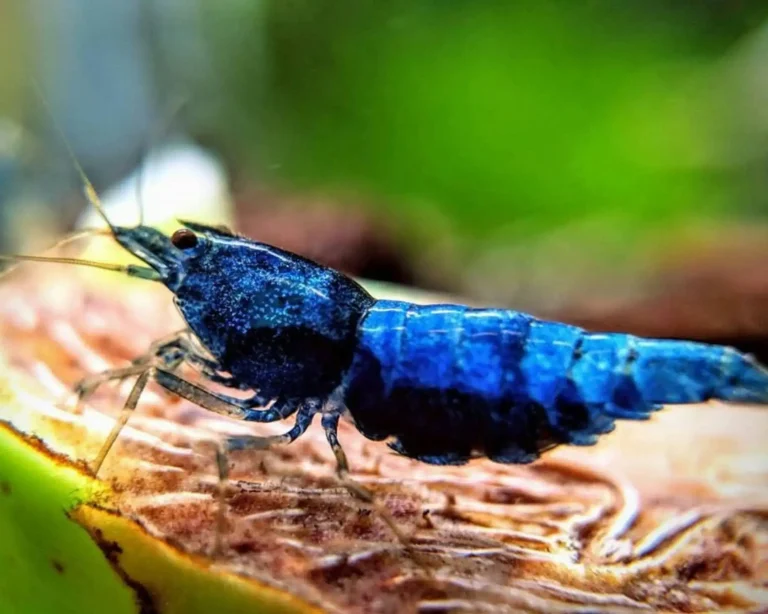
Leave a Reply